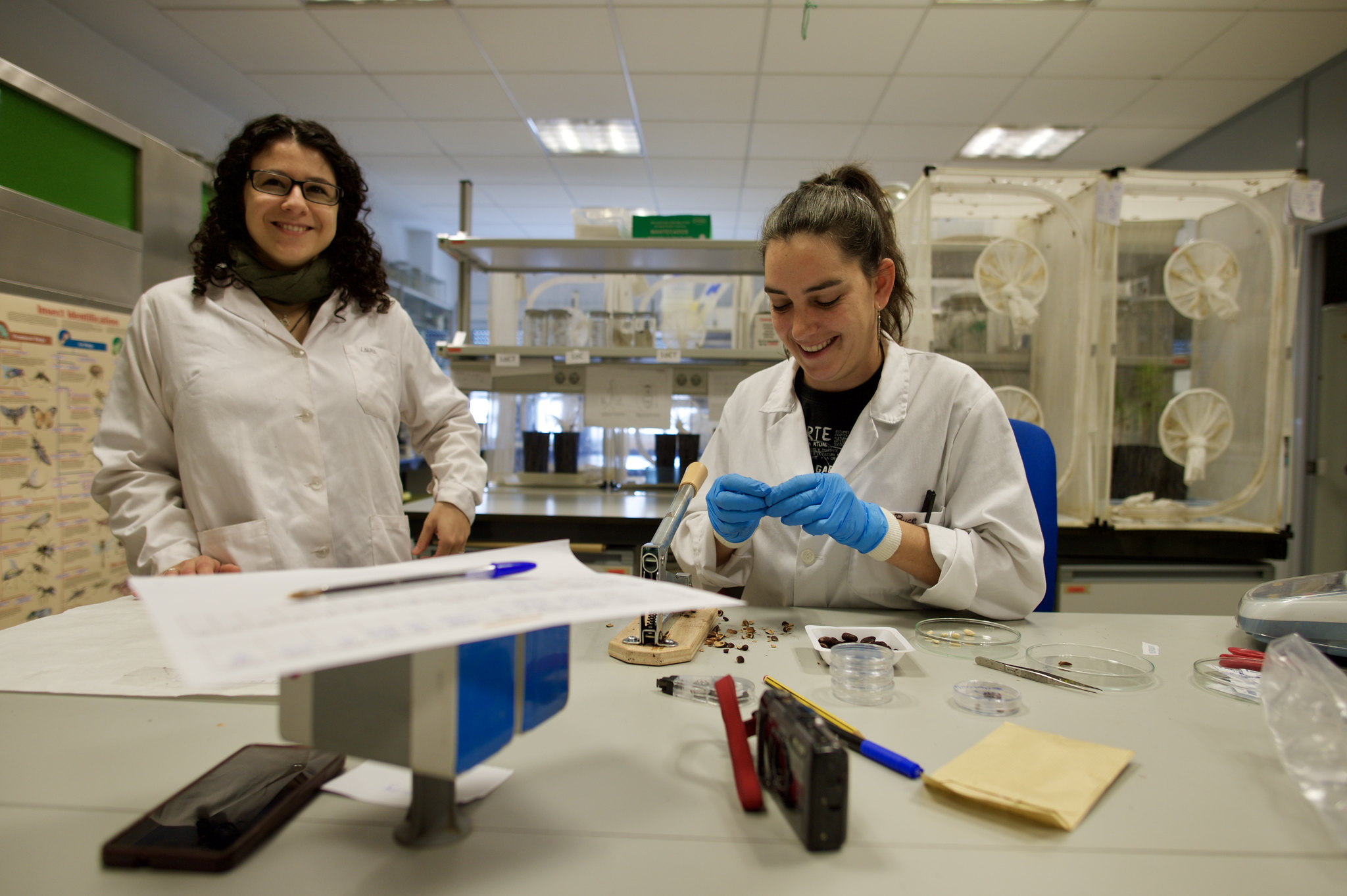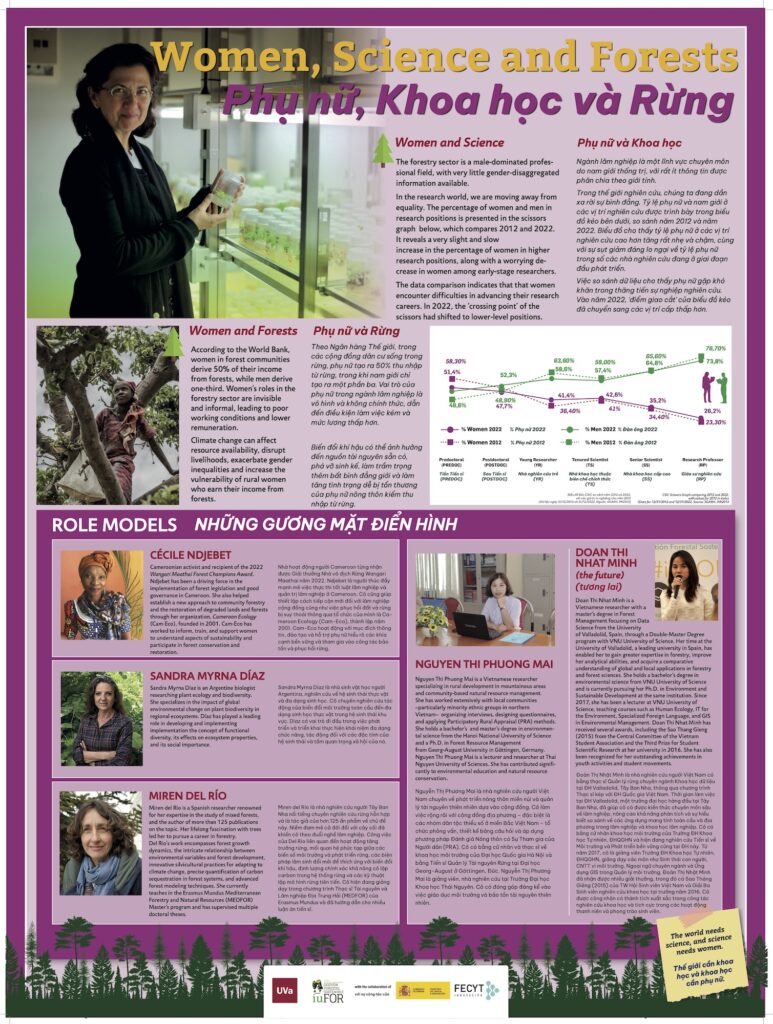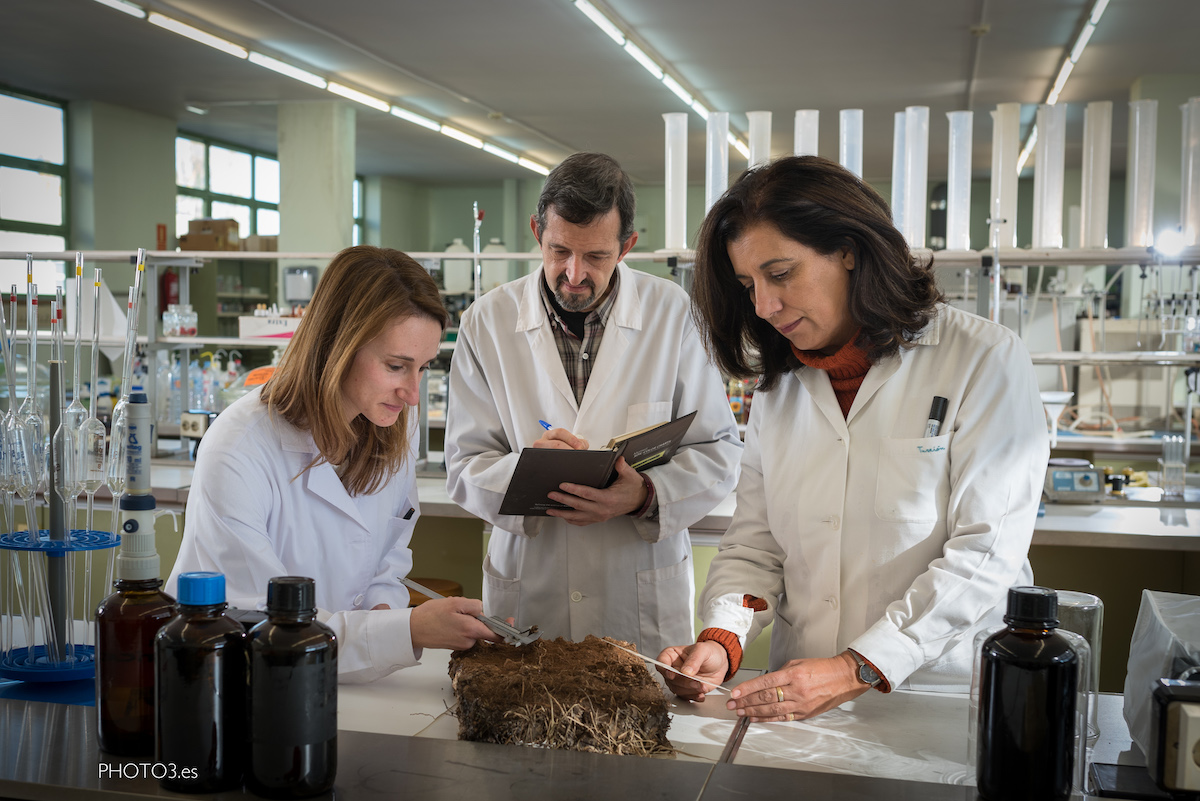Still in the 21st Century, It’s an Obstacle Course
In the world of research, we are moving away from equality. Comparing the scientific career between 2009 and 2019, it is evident that women encounter problems advancing in the research career.
The number of female graduates in studies related to the forestry sector is still far from parity. Although the total number of graduating students has increased throughout this period, the percentage of women has stagnated or even decreased. Only in the latest five-year study has there been a significant increase in the doctoral studies category.
Until 1910, women were not allowed to pursue university studies, and it took 20 years before a woman was admitted to a higher engineering program. Thirty years later, in 1960, female students in all engineering fields numbered only sixty-six nationwide.
According to the World Bank, women in forest communities earn 50% of their income from forests, while men earn only one third. Additionally, their roles in the forestry sector are invisible and informal, leading to poor working conditions and lower remuneration. Climate change has the potential to exacerbate gender inequalities and increase women’s vulnerability because rural women who earn their income from forests will see their livelihoods disrupted by changes in resource availability.
The world needs science, and science needs women.



